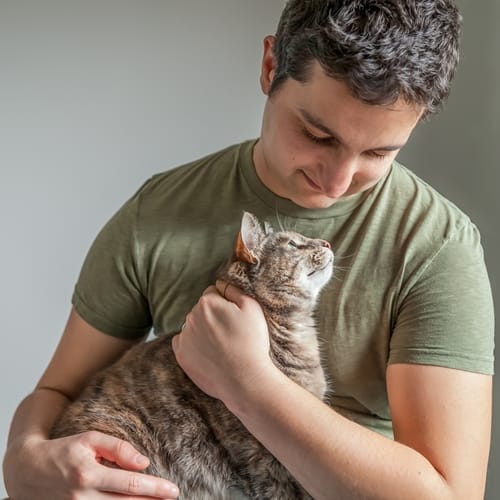
Earlier this week, this blog discussed the importance of creating a lasting campaign that can serve a business well into the future without growing stale. However, companies need to understand the way their custom logo decals and other displays are perceived by customers.
Japanese company Sanrio is the center of a controversy because its popular "Hello Kitty" character was recently revealed by the company to not be a cat, despite appearances.
The Los Angeles Times recently spoke to anthropologist Christine Yano, who, as part of an exhibit celebrating the Hello Kitty brand, said she learned the character's secret when she reached out to the company.
"Hello Kitty is not a cat," Yano said she was told. "She's a cartoon character. She is a little girl. She is a friend. But she is not a cat. She's never depicted on all fours. She walks and sits like a two-legged creature."
Although this might seem like a minor change, the news has rippled throughout the internet and spiked interest and debate. Celebrities have tweeted in response and the story has gained coverage in major news media.
But some, like Brian Ashcraft of Kotaku East, are pointing out that, as far as the brand is concerned, this doesn't change anything.
"There are literally thousands of years of animal personifications," he writes "Certainly, people understand that Mickey Mouse is not a real mouse, just like they understand that Hello Kitty is not real cat. They don't need to be real. They're characters."
Advertising items for local businesses need to be well-defined. Companies have custom-made window graphics at their disposal to get their point across clearly and make sure the customer and the business are on the same page.